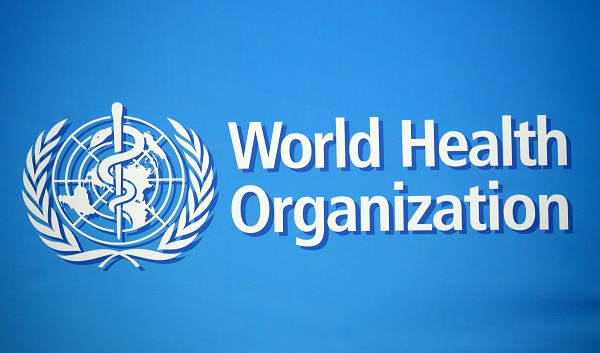
New data has revealed that approximately 1.8 billion adults, or one-third of the global adult population, did not meet the recommended levels of physical activity in 2022.
The prevalence of physical inactivity among adults has risen by around 5 percentage points from 2010 to 2022. If this trend persists, it is estimated that the levels of inactivity will increase to 35 per cent by 2030, deviating from the global target to reduce physical inactivity by 2030.
The World Health Organisation (WHO) recommends that adults engage in 150 minutes of moderate-intensity or 75 minutes of vigorous-intensity physical activity per week to maintain good health. Failing to meet these activity levels puts adults at a greater risk of developing cardiovascular diseases, type 2 diabetes, dementia and certain types of cancers such as breast and colon cancer.
The study conducted by WHO, in collaboration with academic colleagues and published in The Lancet Global Health journal, underscored the urgency of addressing this issue. WHO director-general, Dr. Tedros Adhanom Ghebreyesus emphasised the need for increased physical activity to reduce the risk of chronic diseases and improve mental well-being.
The research revealed that the highest rates of physical inactivity were observed in the high-income Asia Pacific region (48 per cent) and South Asia (45 per cent), while inactivity rates ranged from 28 per cent in high-income Western countries to 14 per cent in Oceania.
Furthermore, the study highlighted disparities between gender and age groups, with physical inactivity being more prevalent among women compared to men, as well as among individuals over 60 years old.
Despite these concerning findings, there have been positive developments in some countries. Nearly half of the world’s countries have shown improvements in physical activity levels over the past decade and 22 countries are on track to achieve the global target of reducing inactivity by 15 per cent by 2030.
In response to these results, WHO is urging countries to strengthen policy implementation to promote and facilitate physical activity through measures such as grassroots and community sport, active recreation, and accessible and safe environments for activities such as walking, cycling and the use of public transport. This collective effort will require partnerships between governmental and non-governmental stakeholders, as well as increased investments in innovative approaches to address the issue of physical inactivity and reduce inequalities in access to physical activity initiatives.

